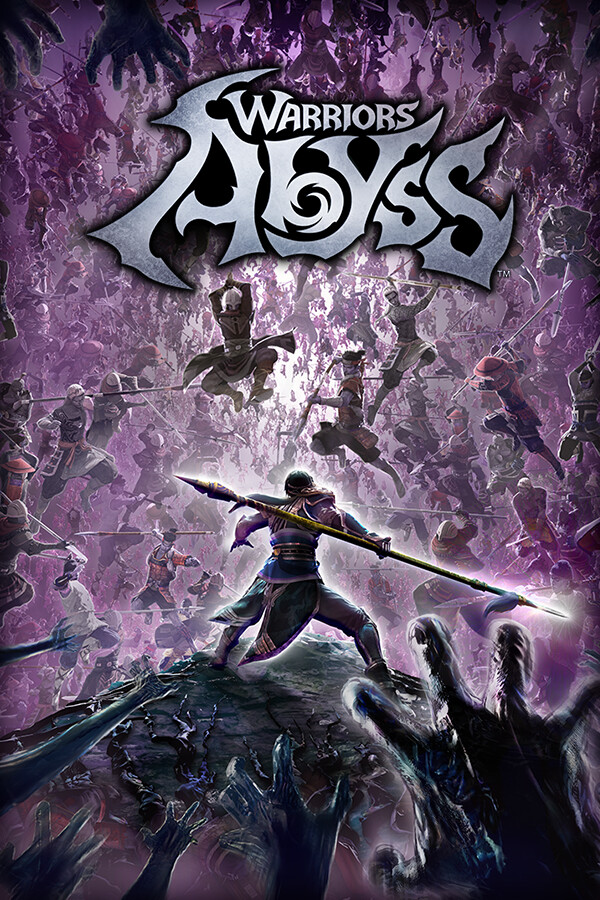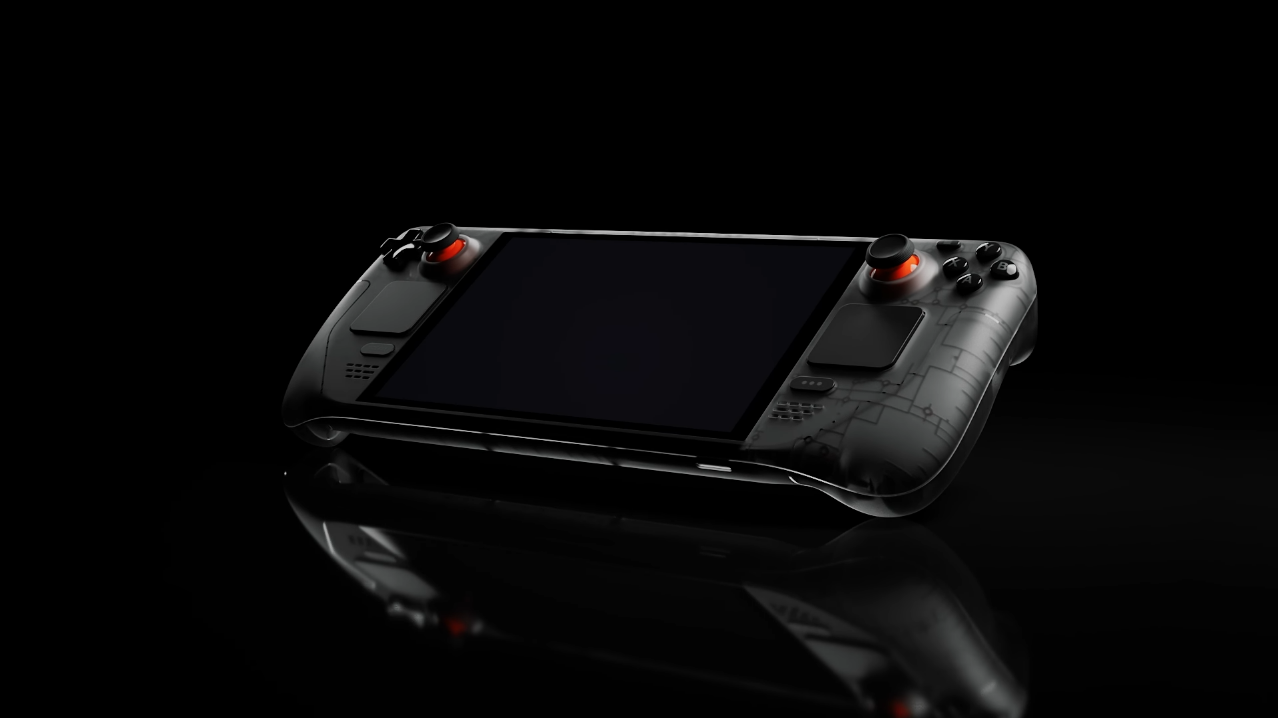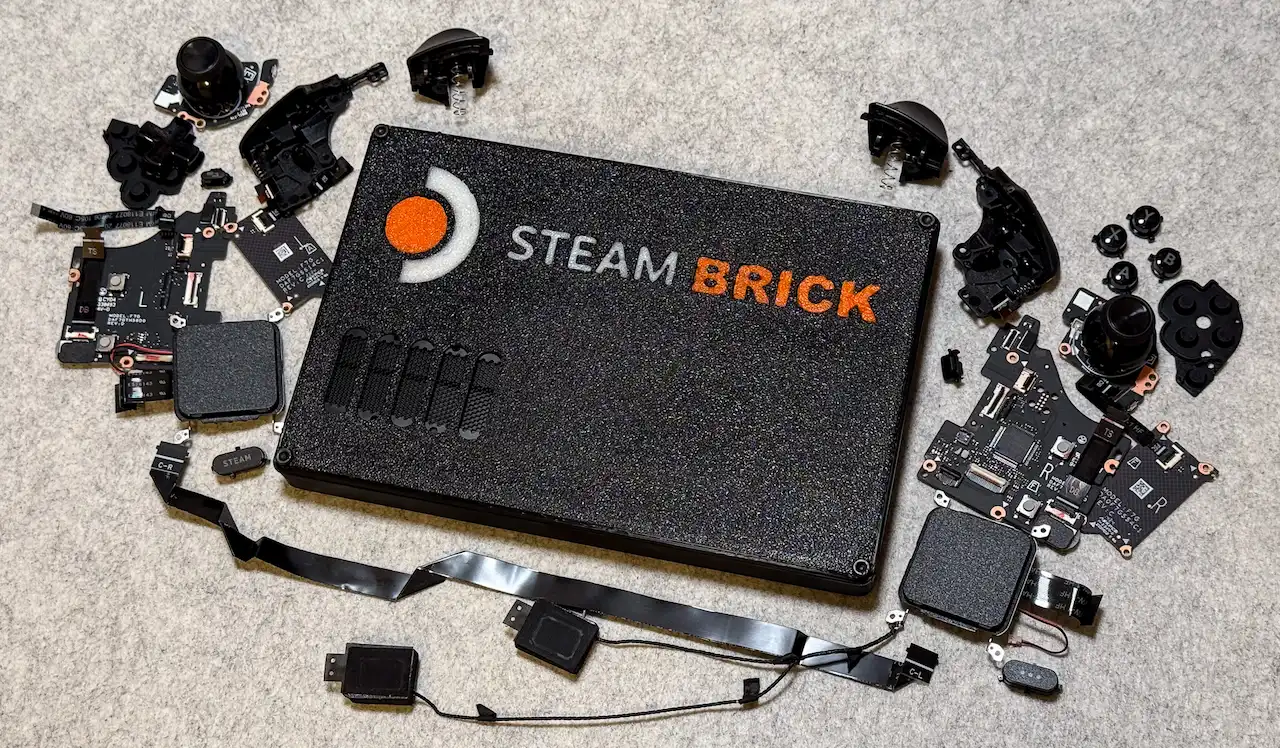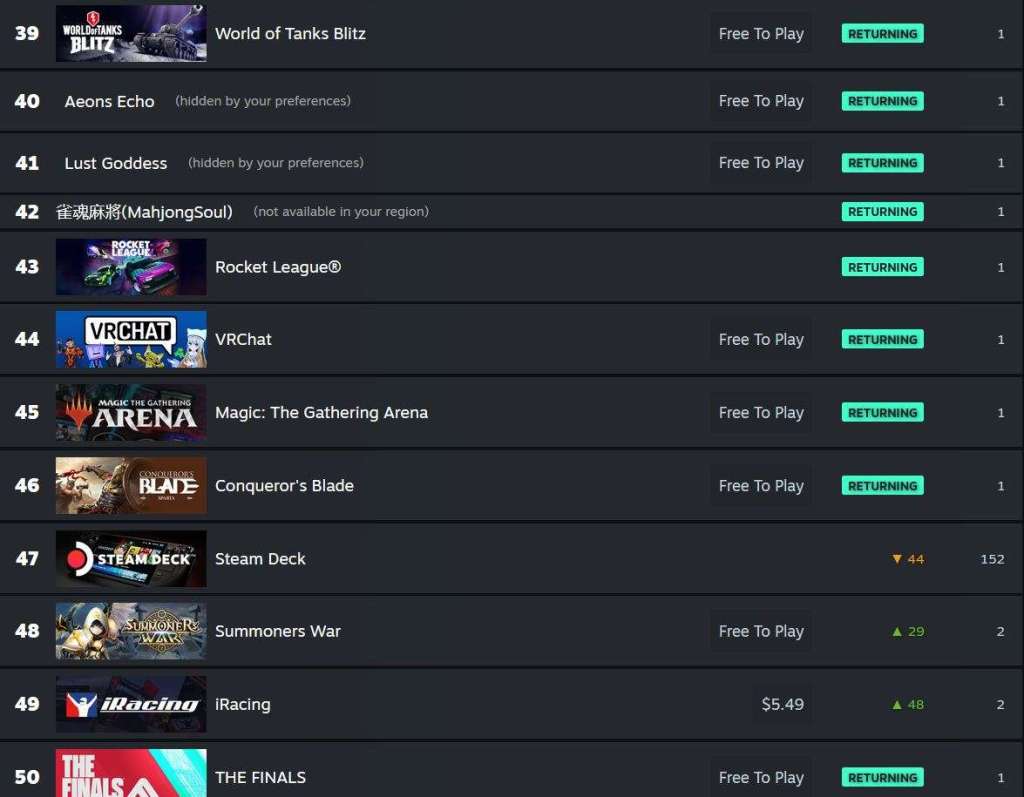If you haven't yet, follow us on X (Twitter), Mastodon, or Bluesky to know when we post new articles, and join our Reddit or Subscribe to us on YouTube to check out our content and interact with our awesome community. Thank you for supporting us!
Tencent is one of the world's largest technology giants, a Chinese powerhouse that in recent years has invested heavily in the video game sector. The company has acquired significant stakes in major companies such as Riot Games and Blizzard, launched its own publishing label, Level Infinite, and released some highly promising games.
Now, Tencent is setting its sights on the growing market for handheld gaming PCs, similar to the Steam Deck, which has become increasingly popular in recent years. The company has announced a partnership with Intel, from which an ambitious alternative to this market has emerged: an experimental handheld PC called the Sunday Dragon 3D One.

The first thing that caught my attention about the Tencent handheld device was its large 11-inch display, which has a 2560 x 1440 resolution and a 120 Hz refresh rate. This is a noticeable step up from the Steam Deck, which has a 7-inch display with a 1280 x 800 resolution and a 60Hz refresh rate (or 90Hz if you have an OLED model).
Tencent's use of 3D eye-tracking technology is another standout feature, which the Steam Deck does not include. Notably, users can switch between 2D and 3D modes on the Sunday Dragon 3D One, enabling flexibility for traditional 2D gaming or an immersive glasses-free 3D experience. Additionally, the device supports 100W charging, although the battery capacity has not been disclosed, and has detachable "Joy-Con style" controllers, similar to the Lenovo Legion Go.
On the hardware front, the device boasts some of the most powerful components available, including an Intel Core Ultra 7 258V APU based on the Lunar Lake architecture, packed with an Intel Arc 140V graphics module, 32 GB of LPDDR5X-8533 RAM, and 1 TB of SSD storage. In comparison, the Steam Deck uses a custom AMD APU with RDNA 2 graphics, comes with up to 16 GB of RAM, and offers storage options up to 512 GB. This suggests Tencent's device may have significantly higher projected performance, particularly for demanding tasks or games. This will most likely be more powerful than the ROG Ally's Z1 Extreme APU and 7840U APU lines.
That said, it's important to remember that this is still an experimental product. At the moment, there is no release date, and no price has been announced, so it's unclear when, or even if, it will be available in the market.
If you enjoyed this article, check out the rest of the content on SteamDeckHQ! We have a wide variety of game reviews and news that will help your gaming experience. Whether you're looking for news, tips and tutorials, game settings and reviews, or just want to stay up-to-date on the latest trends, we've got you covered!








This is not a steam deck competitor. The SD has a wide selection of options, some of which are incredibly cheap. Yes, the OLED white version is expensive, but you can get a 256gb LCD version for half the cost. Just because these are handhelds, does not mean they are competitors. iPhone 16 Pro Max is not a competitor with Samsung A14 even though they are both cell phones. These high cost premium PC handhelds are in competition with each other for early adopter pocket money.
That's valid! I do believe we can say they are all in competition since they are in the same market and people will choose between one or the other, but the Steam Deck has different priorities.
Shame it's Intel, feel like it's destined to fail. Though the video, in particular the guy in the sleeveless hoodie, makes this very tempting 😄